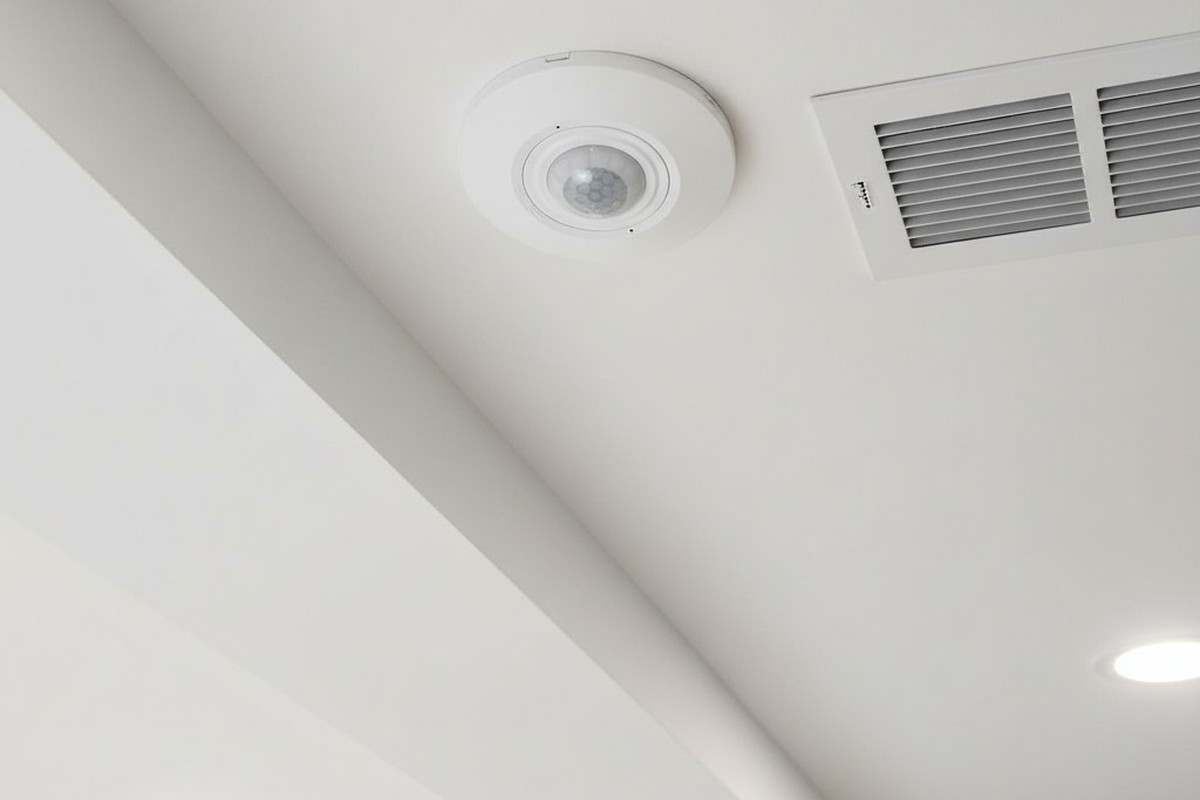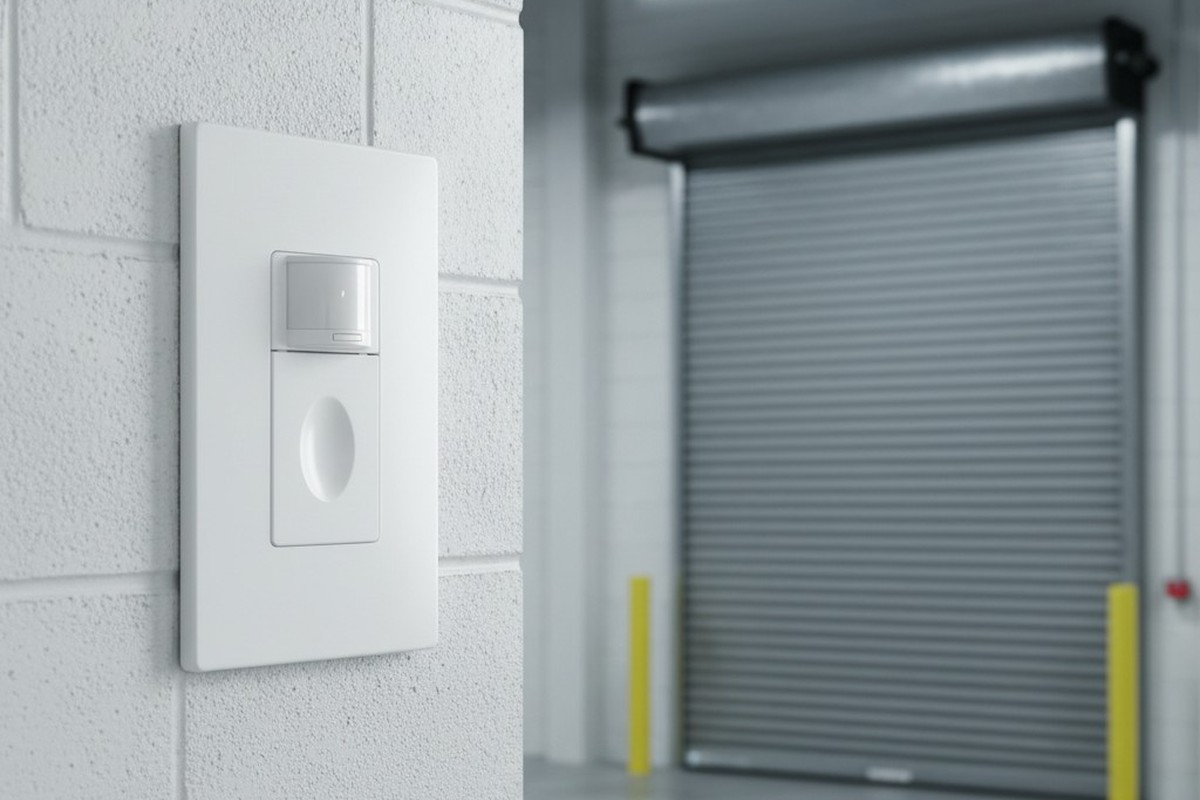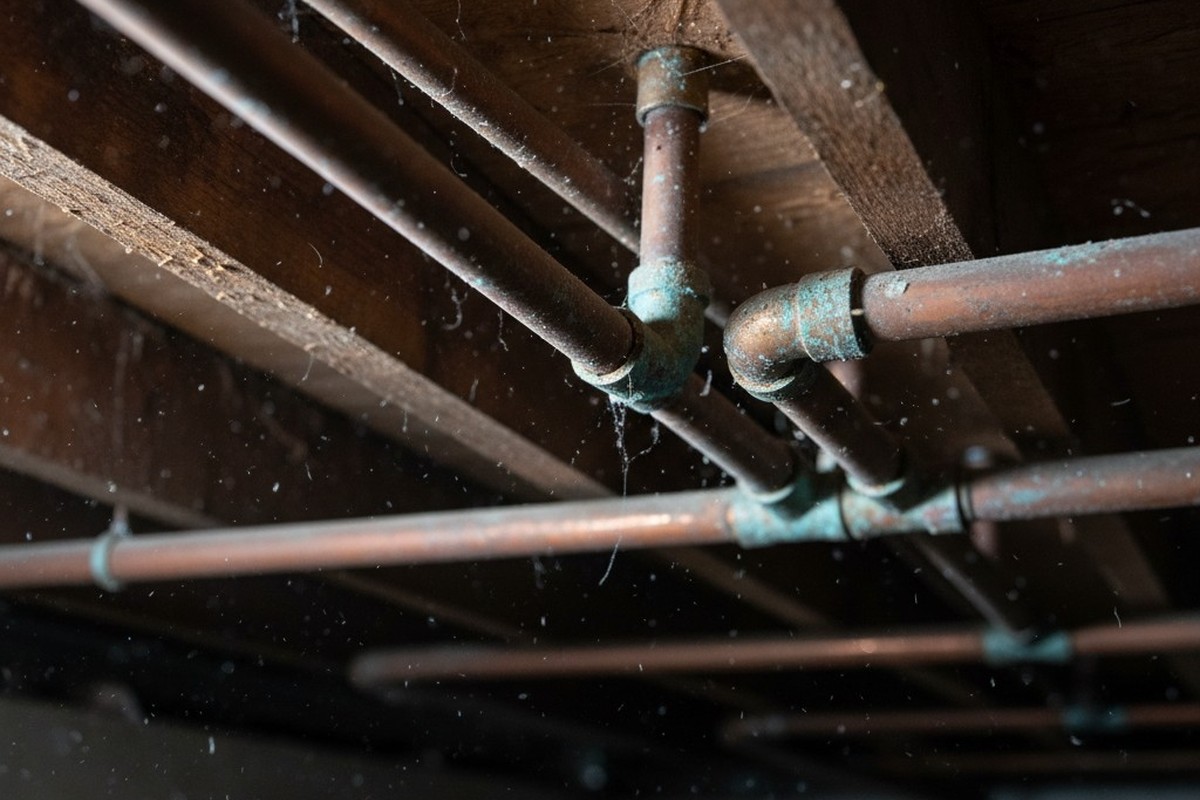The Cubic Inch Crisis
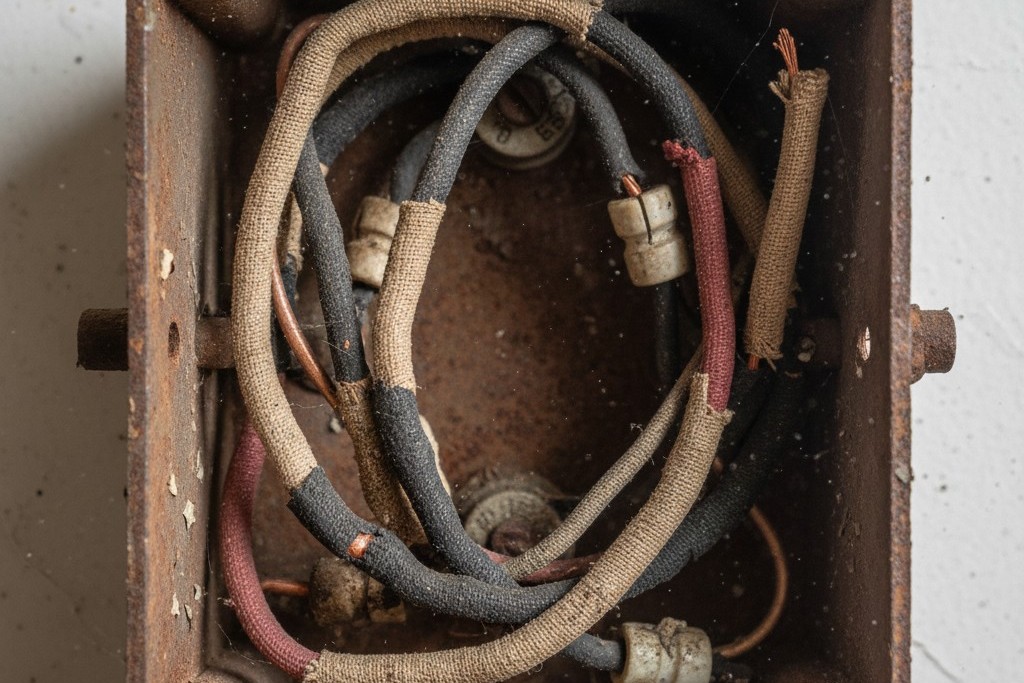
In residential electrical retrofits, marketing photos always lie. They show smart switches floating in pristine, deep blue plastic boxes, surrounded by an abundance of air and neatly organized copper. But in the Rust Belt, the Northeast Corridor, or any neighborhood built before 1970, the reality is a steel “gem” box embedded in brick. These boxes are often 1.5 inches deep. Sometimes less. The sides are conductive metal. The wires aren’t neat; they are stiff, cloth-covered veterans that have been baking in the wall for sixty years.
Here, the modern smart home industry crashes into the physical limitations of the past. A standard smart dimmer—like the Lutron Caseta or Leviton Decora Smart—is an engineering marvel, but it’s physically large. It has a massive back-end to house the radio, the heat sink, and the dimming electronics. When you attempt to shove one of these units into a 1920s masonry box, you’re trying to put ten pounds of electronics into a five-pound steel bag.
The result isn’t just frustration. It’s a code violation and a fire hazard. The National Electrical Code (NEC 314.16) dictates box fill for a reason. Crowding conductors generates heat. Compressing old insulation against metal edges causes shorts. If you have to use your shoulder to force a switch into the wall, you’ve already failed. The installation requires a device that respects the volume constraints of the infrastructure, not one that demands you chisel out the brick to accommodate it.
Looking For Motion-Activated Energy-Saving Solutions?
Contact us for complete PIR motion sensors, motion-activated energy-saving products, motion sensor switches, and Occupancy/Vacancy commercial solutions.
The Rayzeek Form Factor

This is the primary argument for the Rayzeek line of switches in historic renovations. Forget the app interface or the RGB capabilities; those are secondary luxuries. We’re discussing the caliper measurement from the back of the faceplate to the rear of the housing.
Rayzeek units generally shave crucial millimeters off the depth compared to their big-box competitors. In a 3-inch deep modern box, that difference is irrelevant. In a 1.5-inch metal handy box, those millimeters are the difference between a safe install and a crushed neutral wire. The back-end is flatter, the heat sink tabs are less intrusive, and the pigtails are often positioned to allow more flexibility. It allows the installer to preserve the original conduit and box without resorting to demolition.
There is a trade-off, of course. The tactile feel of the paddle or the exact shade of white might not perfectly match a wall of existing designer switches. If the goal is a magazine-cover aesthetic match with a specific high-end plate, this might annoy the perfectionist. But in a retrofit, function dictates form. A slightly different shade of white is preferable to a switch that sticks out a quarter-inch from the wall because it physically bottomed out against the back of the box.
Before purchasing a crate of these for a whole-home upgrade, pull one existing switch. Measure the depth of the box with a tape or caliper. If you’re working with less than 2 inches of depth, the standard “best in class” switches found at Home Depot likely won’t fit. The Rayzeek becomes the tactical choice for the geometry of the situation.
Wire Triage and Safety
The device is only half the equation. The condition of the conductors in the wall is the other. In many pre-war homes, you will encounter cloth-sheathed wiring with rubber insulation that has grown brittle over decades.
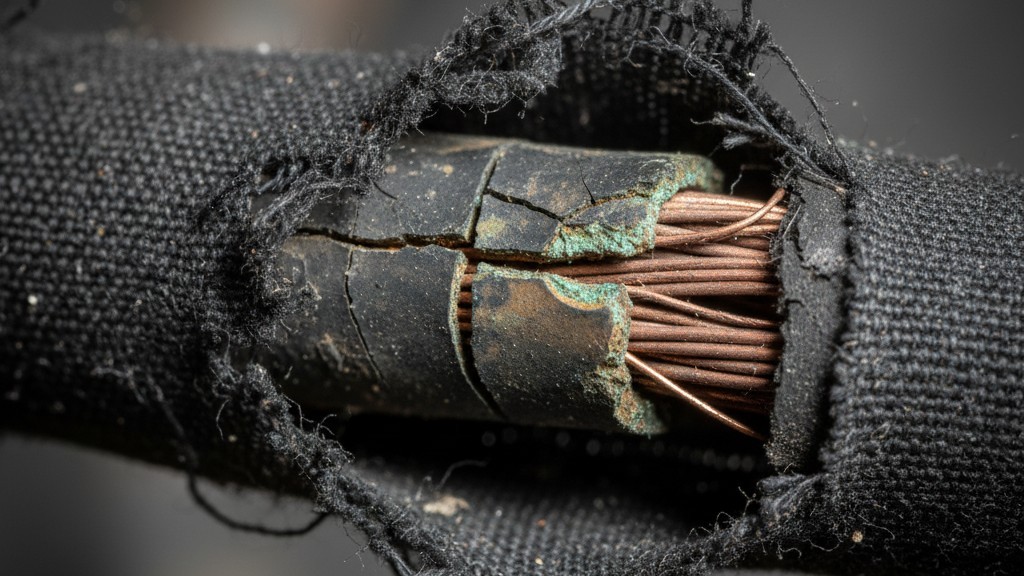
When you open these boxes, the insulation often cracks if you look at it wrong. Before you even attempt to wire the smart switch, you must stabilize the patient. If the insulation flakes off, exposing bare copper, you cannot proceed until you’ve sleeved it with heat-shrink tubing or wrapped it meticulously with Super 33+ electrical tape. Don’t rely on cheap vinyl tape from the dollar bin; it turns into a gooey mess in a year. Use professional-grade tape that handles thermal cycling.
Once the wire is safe, you have to address the volume problem. The old “wire nut” connectors are too bulky for this application. Three yellow wire nuts can take up nearly as much space as the switch itself. You must evict them.
Replace every twist-on connector in the box with a Wago 221 lever nut. This isn’t a suggestion; it’s a requirement for shallow box survival. The Wago 221 is flat, transparent, and holds the wire securely without the bulk. It allows you to push the connections into the corners of the box, reclaiming the center space for the deep body of the smart switch. This single change can recover 15–20% of the usable volume in a small box.
Maybe You Are Interested In
The Installation Mechanics
Now for the surgery. Installing a smart switch in a shallow metal box isn’t a test of strength. It’s choreography. You cannot simply stuff the wires in and screw it down.
Start by connecting the ground, then the neutral, then the line and load. Once the connections are made with your Wagos, perform the “accordion fold.” Bend the wires in a zigzag pattern, pushing the connectors to the extreme rear corners of the box or the spaces above and below the device yoke. The goal is to create a void in the direct center of the box where the Rayzeek’s body will sit. If you feel resistance when pushing the switch back, stop. Pull it out and re-fold. Forcing it compresses the wires against the sharp metal edges of the box, which is a guaranteed way to trip a breaker or start a fire.
Because you are working in a metal box, there is a critical safety step that gets skipped too often: taping the terminals. Even if the Rayzeek uses pigtails, ensure no bare metal from the wire or the connector is exposed. Wrap the entire body of the switch—covering the screw terminals—with two layers of electrical tape. In a steel box, the clearance between the side of the switch and the wall of the box can be less than an eighth of an inch. If the switch shifts slightly during use, untaped terminals can arc against the box. Tape is cheap insurance.
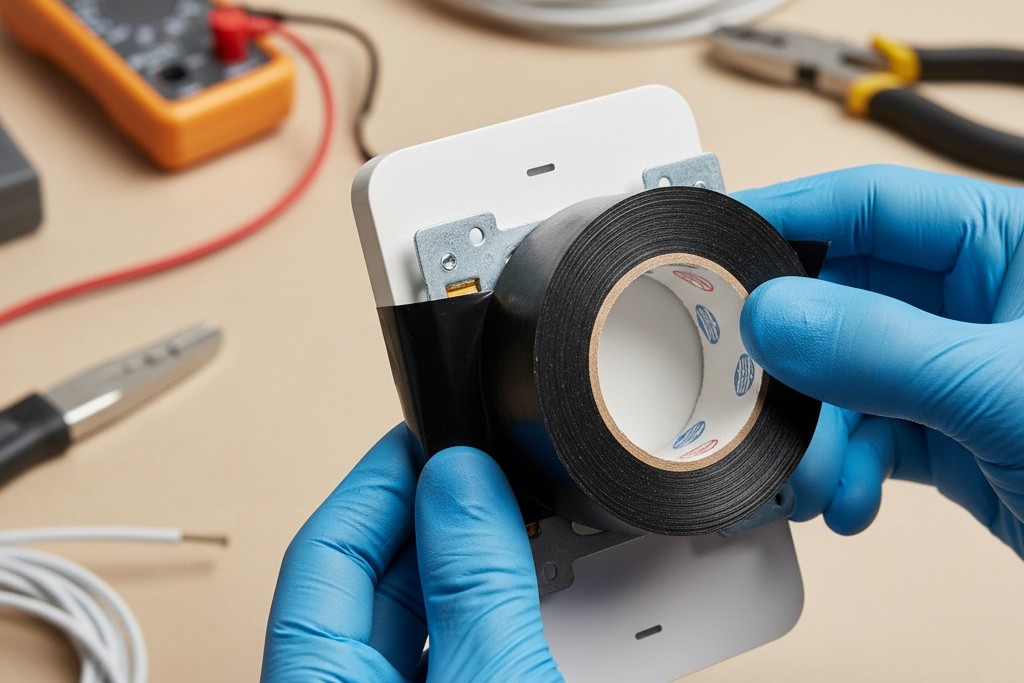
A note on alignment: if you are installing this in a multi-gang box (where two or three switches sit side-by-side), you may find the Rayzeek sits slightly differently than the mechanical toggle next to it. You’ll need to adjust the mounting screws carefully to get the faceplate to sit flush. It takes patience, and sometimes a few small washers behind the yoke to level it out.
Circuit Logic and The Neutral Trap
The electrical logic of older homes often defies modern expectations. A common surprise is the “switch loop,” where a box contains only two wires—a line and a load—and no neutral wire. The white wire you see might actually be a hot wire, not a neutral.
If you encounter a box with no bundle of white neutral wires tucked in the back, you cannot use a standard neutral-required smart switch. Rayzeek offers no-neutral models (often requiring a capacitor to be installed at the light fixture) which solve this. While a true neutral connection is always electrically superior for stability, the no-neutral version is a valid workaround that saves you from rewiring the house. Just understand that the capacitor installation is mandatory, not optional, to prevent your LED bulbs from flickering or glowing when off.
Get Inspired by Rayzeek Motion Sensor Portfolios.
Doesn't find what you want? Don't worry. There are always alternate ways to solve your problems. Maybe one of our portfolios can help.
Before you close everything up, verify your work. Turn the breaker back on and test the switch manually. Listen for any buzzing from the box. Smell the air near the switch after it has been on for ten minutes. If you smell acrid plastic or hear a crackle, kill the power immediately. You’ve likely pinched a wire or overcrowded the box.
The Long Term Bet
Is a Rayzeek switch going to last as long as a Lutron? Maybe not. Lutron is the gold standard for a reason, and their engineering is bulletproof. But in the context of a 1940s home with shallow masonry boxes, the “best” switch is the one that fits safely.
If the choice is between a Rayzeek that installs cleanly today versus a premium switch that requires damaging the original plaster or leaving wires dangerously compressed, the choice is clear. We prioritize the physical integrity of the install. If the switch needs replacing in seven years, that is a ten-minute job. Rebuilding a plaster wall because you tried to chisel out a brick is a two-week nightmare.






















